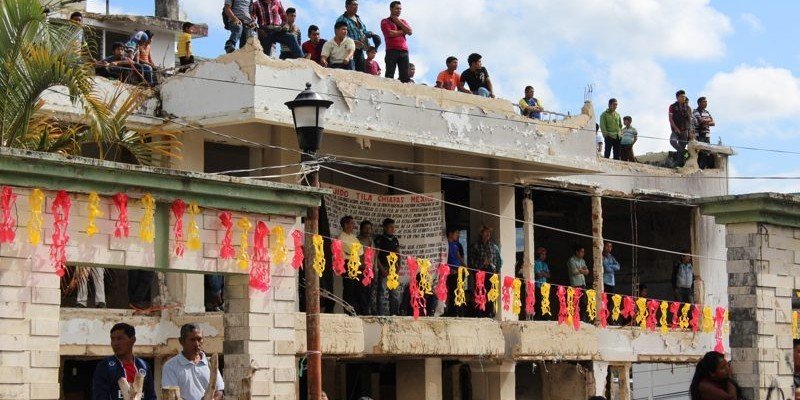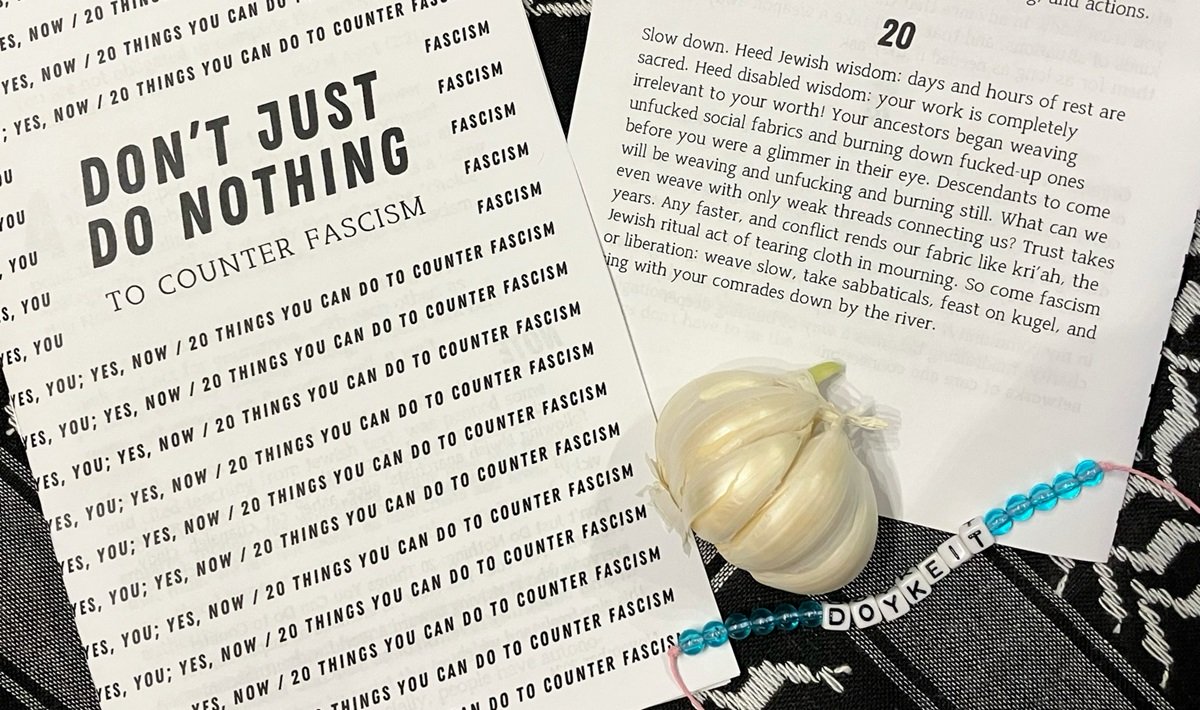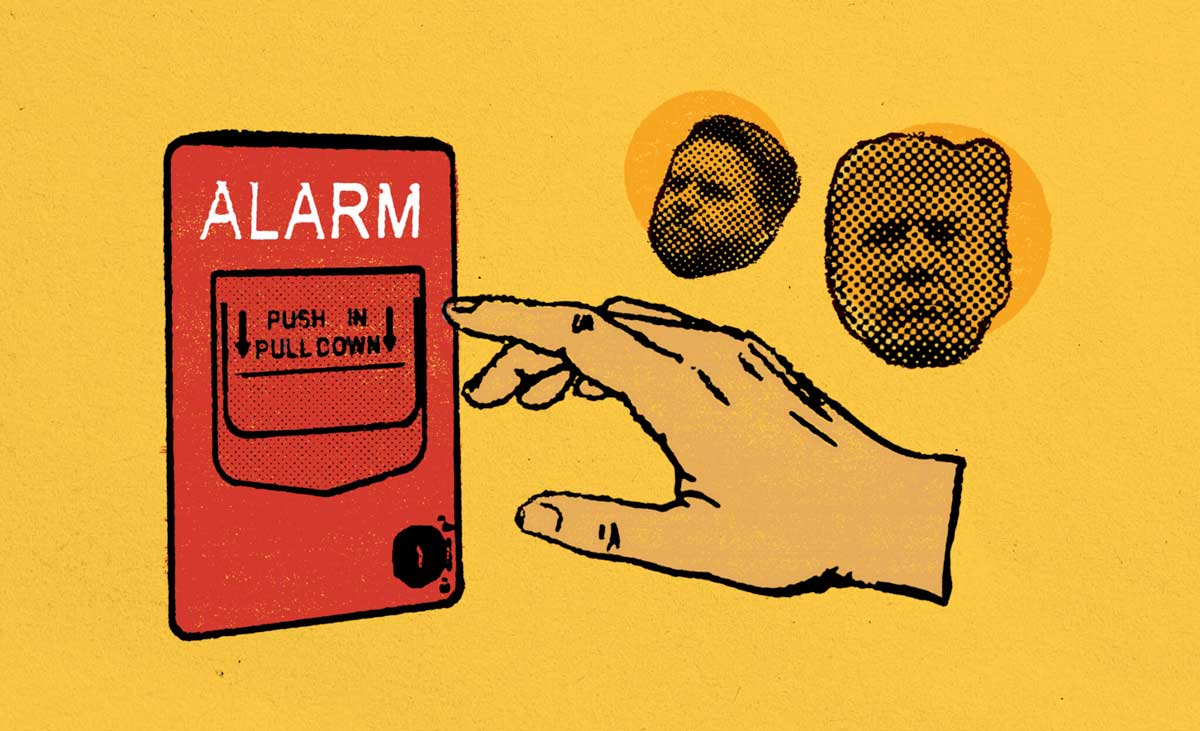Filed under: Editorials, Indigenous, Southern Mexico

From Radio Zapatista
by Alejandro Reyes
The first hints of the sunrise appear behind the silhouette of the church on the top of the hill, and the semi-darkness of dawn is punctuated by hundreds of tiny lights. Community leaders, accompanied by about 40 people, then come into the room where we sleep. They light candles on the altar and sing songs of gratitude to the Lord of Tila for this year of autonomy and ask for wisdom, judgment, standards to face the difficulties to come. Copal smoke fills the room and the voices of dozens of people speaking Chol recall ejido Tila’s long struggle for its land and freedom.
It is December 16, 2016, and on a day like this, exactly one year ago, the ejido residents, tired of the injustice of the so-called Mexican “justice” system, turned a near century-long fight into reality. Three months earlier, on 16 September 2015, thousands of residents marched from the ejido house to the central plaza in the town of Tila. There they placed a ladder up the facade of the town hall building and several people went up to the balconies. They hung a banner remembering the disappeared people from Ayotzinapa. They demanded the town hall authorities leave the area and an end to police and paramilitary harassment. From the balcony, the ejido Tila authorities gave the shout of Independence. And below, thousands of indignant voices repeated over and over: “If there is no solution, there will be demolition!”
Three months later, on 16 December 2015, the chant became real. The ejido residents, fed up with decades of abuse and the inaction of the Mexican State, decided to expel the people from the town hall themselves. Since the mid-twentieth century, the town hall had illegally positioned themselves in the ejido’s territory, and their expulsion meant the ejido recovered 130 hectares that the municipal government had been trying to take from them. The town hall, which had done so much damage for so long, was destroyed. The big clock on the top of the facade was broken to bits, and so stopped “Kaxlán” (white people or Mexican mestizo) time, a time that had been imposed by Mexican authorities, a time of institutional dispossession and violence. And so began another time, an indigenous Chol time, the time of freedom. Tila’s miracle had come true.
It’s true that in Tila miracles happen, after all thousands of people don’t come here each year in pilgrimage for nothing. But Tila’s miracles don’t fall from the sky, they are made with blood, sweat and tears … and also lots of joy. The miracle of autonomy has been meticulous and tenacious work. After pushing out the town hall, the ejido residents organised themselves according to their practices and customs, and then began carrying out all the necessary activities to administer their 5,405 hectare territory. With contributions from the ejido Tila residents, they bought a truck and organised groups to collect the rubbish. They established a community-watch group, and organised all the neighbourhoods and outlying areas to ensure the community’s security. They developed a system of autonomous justice and began to resolve the numerous cases that under the authority of town hall had remained unpunished. They organised festivals, the ejido assembly became the highest authority, and delinquency, once ignored by official complicity, drastically decreased.
One year after this miracle of autonomy, another miracle took place: on 15 December, the radio station “the Miracle of Tila” began to broadcast “from some place in the ejido Tila”. On the radios at home, and from the village’s public announcement system, the ejido’s story of struggle was heard. Stories about the actions of a handful of opponents who had been doing their best to destroy the community’s autonomy, all so they could reclaim their town hall privileges like access to illicit funds, dirty business, and impunity. Girls and boys, young women and men, old women and men came to give their accounts. Messages via facebook and whatsapp arrived from people excited about the community’s new beginning. Songs of solidarity and greetings from groups that had come for the celebration were also heard.
Celebrations began around 11 in the morning with an address from the ejido commission and other traditional authorities in the central plaza, in front of the demolished town hall. Two delegates from the National Indigenous Congress (NIC) also took part. They had travelled from Campeche and Oaxaca/Veracruz. There they explained again the proposal of the NIC and the EZLN to establish an Indigenous Government Council at a national level whose voice and face will be an indigenous woman running as an independent candidate in the next presidential elections. This proposal resonated in the hearts of the ejido residents because as the NIC delegate explained “Here the earth has already shaken because the indigenous people are the ones who govern”.
The odyssey of the chol people from Tila and their struggle for autonomy over their territory begins in the 1920s, when their grandparents traveled again and again to Tuxtla Gutierrez, then a four or five days journey along footpaths, carrying their pozole and tostadas (fried Mexican tortillas), to request the legalization of their lands as an ejido. These are lands that they had been working as farm labourers for decades for foreign, German landowners who usurped the ancestral lands of the Chol people. This odyssey was told through a theatre piece recounting the tireless effort of the grandparents from 1922 to 1959.
Finally a Presidential Resolution was issued recognising the 5,405 hectares of Ejido Tila. It is impossible to express the importance of this document for the Chol ejido residents of Tila. Land is life, and the document expresses the decades of struggle, the pain, the suffering, the abuses, but also the perseverance, the tenacious effort they made to obtain official recognition of what rightly belongs to them.
But in the mid-twentieth century the municipal government transformed from an indigenous Chol town council, which ruled using traditional practices and customs, to a regime of political parties. The Town Hall has ever since been trying to strip the ejido residents of 130 hectares where the town of Tila is located. In addition to initiating the collection of land taxes and appropriating goods and services that the ejido assembly had previously administered, the town hall also served as a coordinating body for paramilitary groups, especially the extremely violent “Peace and Justice”, as part of the counterinsurgency war after the 1994 Zapatista uprising.
“Things are not as they should be,” explain two women in front of a miniature model of the destroyed town hall building. “Because when the local government functions, there is justice. And there was no justice here, I personally experienced this situation of injustice. If we don’t have money, they will not fix your problem. So for me, I like that this building was torn down, it didn’t serve us at all. We did what we did to this building because it represented total rubbish, and no one working there had a clear conscience”.
Right after that, some young people came to set fire to the model town hall building. “This is our message that those who want to bring the town hall authorities back to ejido Tila. If they come back, the same thing will happen again” said the ejido residents. Then as the model burned, a fire cracker hidden in the model exploded.
During the time when the ejido was governed by town hall, local customs were not respected. Town hall, with a marketing mentality, dressed up the local Chol traditions as some kind of folklore and introduced festivals that had nothing to do with the local culture. In today’s celebration, the ejido residents reclaim their traditions with a carnival spectacle where the “negrito” and “marucha” do battle with the little bulls and tigers. The performance caused great laughter amongst the audience, who recognised the in the story their own battle in defense of their land and territory.
There were also many happy moments of dancing with people of all ages – girls and boys, and elders, both women and men. A mariachi band played some songs including a particularly joyous interpretation of the Zapatista anthem. A child with an extraordinary voice sang “The Blue Backpack”, and space was made for the ejido residents to share their thoughts on the celebration. A judge from the ejido’s justice system, an important step in asserting autonomy and justice, presented a very detailed report on crime and punishment during this first year of self-government.
Finally the day finished with a ceremony handing over the baton of government to the autonomous authorities. This ceremony, full of symbolism and great importance, was for the people who throughout this year have become a living example for Mexico and many parts of the world. They have demonstrated that the people can govern themselves, that it is possible to plot other roads with justice and dignity in the midst of a storm.
And of course the dance party, which lasted until late at night, a collective celebration so deserved by a community who never give up fighting.
Translated by the UK Zapatista Translation Service![]()





